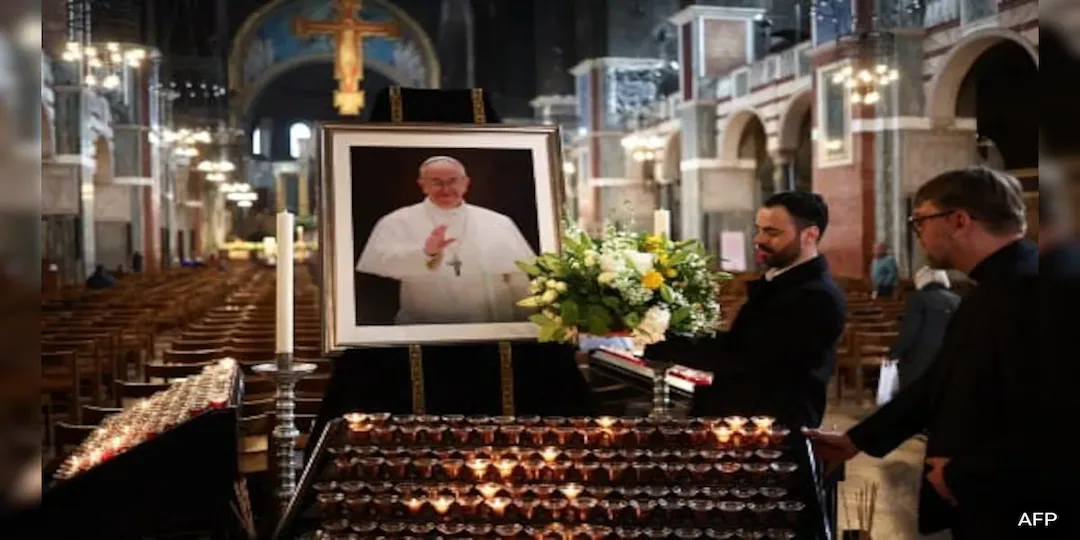The Vatican confirmed the death of Pope Francis, spiritual guide to almost 1.4 billion Catholics across the globe. He passed away in peace at 7:35 AM local time on Easter Monday at the age of 88. The news was confirmed by Cardinal Kevin Farrell on Vatican TV with profound regret, saying, “The Bishop of Rome, Francis, went back to the house of the Father. His whole life was spent in the service of the Lord and His Church.”
Born Jorge Mario Bergoglio in Buenos Aires, Argentina, Francis became history in 2013 as the first pope from the Americas, the first Jesuit pope, and the first non-European to head the Catholic Church in more than 1,200 years.
A Papacy Shaped by Compassion and Change
Since the beginning of his papacy, Pope Francis has stood out with his humble approach, opting for plain clothes and vehicles, and making the poor a priority. His papacy marked the Catholic Church’s move towards more inclusiveness, openness, and emphasis on social justice.
He took over a Church that was facing scandals and internal conflicts but worked towards leading it to healing and reform. He addressed longstanding matters like the clerical sex abuse scandal, climate change, and the fate of migrants. He:
– Reorganized the Vatican bureaucracy
– Canonized more than 900 people
– Authored four significant encyclicals and apostolic exhortations
– Traveled to more than 65 nations
– Women were placed in influential positions in the Vatican
– Priests were permitted to bless gay couples on a case-by-case basis
Despite criticism from conservative and progressive branches of the Church, Francis stuck to his vision for a more inclusive, contemporary Church.
Final Months and Health Battles
In recent years, Pope Francis has had serious health issues. Admitted to hospital in February 2025 with bronchitis, he was subsequently diagnosed with bilateral pneumonia and incipient kidney failure. In spite of his deteriorating health, he made a robust public appearance on Easter Sunday from the balcony of Saint Peter’s Basilica, waving and smiling at the faithful.
During his later years, Francis also struggled with chronic knee pain that rendered him mostly dependent on a wheelchair. His physical condition never hindered him from his spiritual and pastoral duties.
A Humble Farewell
True to his life-long devotion to humility, Pope Francis turned down most of the classical honors for deceased popes. Instead of being buried inside St. Peter’s Basilica with the usual three coffins, he opted for a simple wooden and zinc coffin and will be interred at Rome’s Santa Maria Maggiore Basilica—the first pope in more than one hundred years to be buried outside the Vatican.
What’s Next: The Conclave Starts
With his death, the Catholic Church enters into the Sede Vacante (vacant seat) phase. The camerlengo of the Vatican, Cardinal Kevin Farrell, is now in charge of day-to-day activities until a new pope is chosen.
The procedure to choose the following pope, known as the Papal Conclave, will start soon within 15 to 20 days, congregating cardinals from across the globe to cast their ballots in the Sistine Chapel’s ceiling adorned with frescoes.
Pope Francis leaves a legacy of bravery, empathy, and subtle revolution—a leader who defied convention not for its own sake, but for love’s sake.

